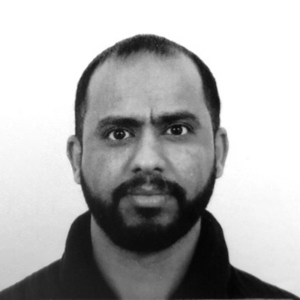Ongoing bilateral talks between Saudi Arabia and the armed Houthi movement have renewed optimism that a negotiated political settlement in Yemen might yet be possible. But the talks are an exclusively Saudi initiative and threaten to serve only the narrow interests of their current participants. To date, their primary effect has been the easing of restrictions on imports to Hudaydah, a development quickly weaponized by the Houthis, who have sought to coerce traders to use the port exclusively, which would deprive the internationally recognized government of much-needed customs revenue. Importantly, the talks include neither the government, whose sidelining does little for its popular legitimacy, nor Saudi Arabia’s primary coalition partner, the UAE. On the heels of its massive military reengagement in Yemen over the last eighteen months, the UAE has so far rejected Houthi overtures.
The divergent interests of the coalition have come to the fore in Hadramawt, where the UAE-backed Southern Transitional Council has sought to extend its influence by agitating against forces affiliated with the Islamist Islah party. This has come up against resistance from local tribal groups, increasingly supported by Saudi Arabia, who are now recruiting thousands of local fighters and protesting outside interference. Increased Saudi involvement in Hadramawt is a blow to the aspirations of the STC and has been compounded by the formation of the new Nation’s Shield forces under President Rashad Al-Alimi. Paid directly by Saudi Arabia, the force could go some way toward enshrining Alimi’s administration; unlike most other members of the council, he previously had no military forces of his own.
This issue of the Yemen Review was prepared by (in alphabetical order): Ryan Bailey, Casey Coombs, Yasmeen Al-Eryani, Andrew Hammond, Khadiga Hashim, Abdulghani Al-Iryani, Yazeed Al-Jeddawy, Maged Al-Madhaji, Farea Al-Muslimi, Elham Omar, Ghaidaa Al-Rashidy, Osamah al-Rawhani, Miriam Saleh, Maysaa Shuja Al-Deen, Lara Uhlenhaut, Ned Whalley and Wadhah Al-Awlaqi.



 اقرأ المحتوى باللغة العربية
اقرأ المحتوى باللغة العربية


